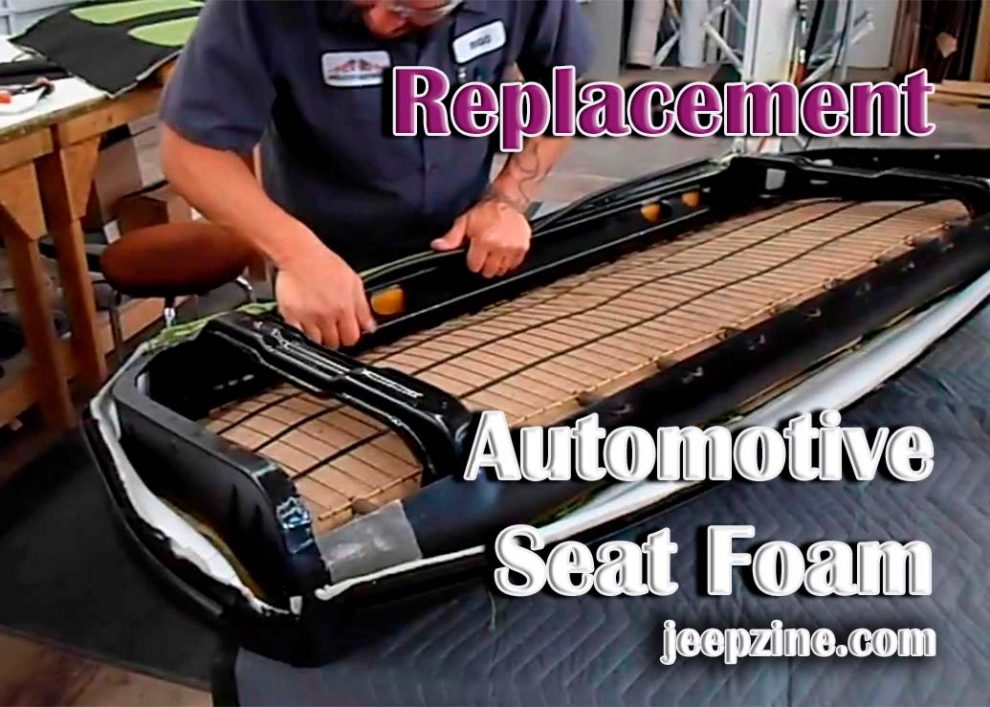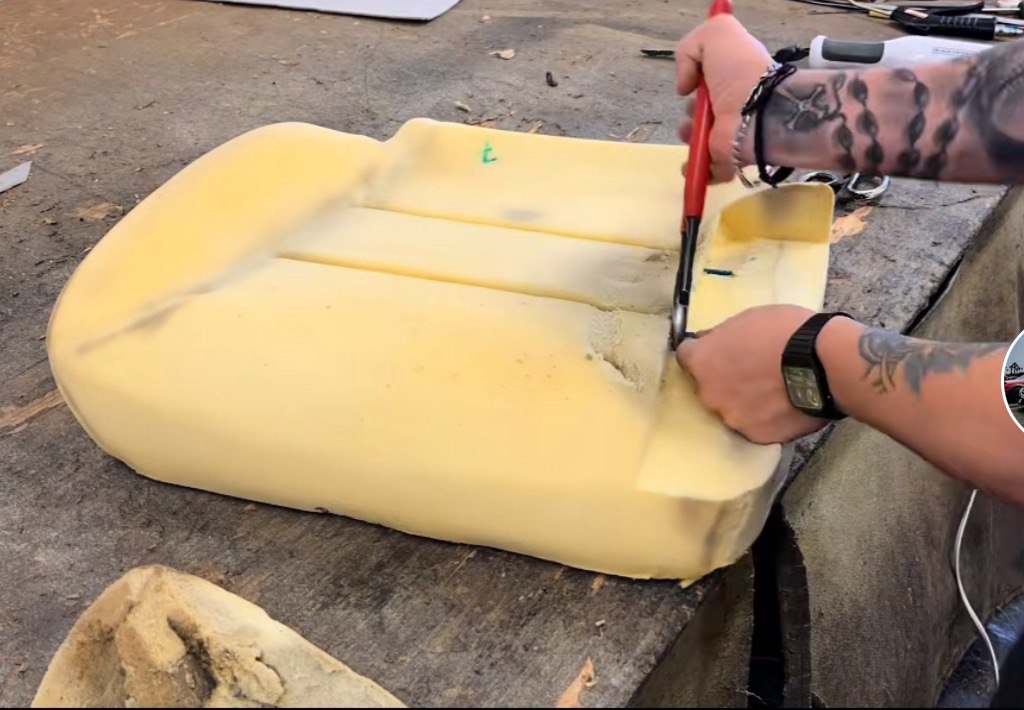The upholstery of a car seat plays a significant role in creating a comfortable ride. Most automotive manufacturers install foam on the seats to cushion and comfort passengers. Over time, this foam can become worn out or damaged, leading to discomfort and even safety issues. Replacement automotive seat foam can save you time and money while ensuring safe, comfortable seating in your vehicle. This article will explore the benefits of replacing automotive seat foam and the process of selecting the right type of foam for your car. We will cover the different types of replacement foams available and how to choose one that is best suited to your needs. Finally, we’ll discuss how to install the replacement foam for maximal comfort and durability properly.
Types of Automotive Seat Foam Available
When choosing the right foam for your vehicle’s seats, it’s important to consider the available foam type. Below are some common types of automotive seat foam and their benefits:
-
Foam Rubber: Foam rubber is famous for automotive seating because it is comfortable, durable, and inexpensive. It offers excellent support yet remains soft enough to ensure comfort on extended journeys. This type of foam can be tailored to fit any seat shape or size and is easy to cut, which makes it perfect for customizing your vehicle’s interior design. The downside to using foam rubber as seat foam is that it can become compressed over time, resulting in an uncomfortable ride.
-
Polyurethane Foam: Polyurethane foam offers more support than traditional foam rubber and provides a softer feel than other foams. It does not compress like other materials, so you won’t have to worry about your seats becoming uncomfortable over time; however, polyurethane foam does tend to be more expensive than other options on the market.
-
Memory Foam: Memory foam provides superior comfort and support due to its ability to gently mold itself around your body shape when you sit on it; this foam helps reduce pressure points to create a comfortable driving experience throughout any journey duration or distance traveled. Memory foams are also highly durable and don’t require frequent replacement like other types of foams may need over time; however, they are among the most expensive options available on the market today, so they may not be suitable for everyone’s budget constraints when considering cost-effectiveness towards their purchase decision-making process too!
Benefits of Each Type of Automotive Seat Foam
Each type of automotive seat foam has its unique benefits and drawbacks. Foam rubber is an affordable choice that offers comfort, but it might not have the same durability as other materials. Polyurethane foam offers more support than traditional foam rubber but is more expensive. Memory foam provides superior comfort and support while highly durable; however, it is also the most expensive option on the market. Ultimately, the choice between these types of automotive seat foams comes down to budget, preference, and vehicle design. Also read here about Best Seat Covers for Jeep JK and TJ.
Steps for Replacing Automotive Seat Foam
Replacing automotive seat foam is a relatively straightforward process. The following steps will guide you in replacing the foam in your car seats:
-
Measure the seat size and shape. It guarantees you’ll buy the correct quantity of foam to fit your car seat precisely. It can also help you decide which type of replacement foam best suits your vehicle’s design.
-
Remove the old seat cover and foam padding from the frame of your car seat, taking care not to disturb any wiring or other components in the process.
-
Cut the new piece of automotive seat foam to fit your seat frame perfectly, using scissors or a box cutter if necessary. Ensure all edges are smooth and uniform to fit correctly when reassembling your car’s interior later!
-
Reassemble the car seat frame with its new piece of replacement foam cushioning, making sure all bolts and screws are tightened securely before replacing any further components or upholstery fabric onto it too!
-
Install any additional fabric or upholstery material over the top of your newly installed automotive seating cushioning before finally replacing all bolts and screws in place again afterward!
Conclusion
Replacing automotive seat foam is a great way to restore the comfort and support of your car’s seating. Different types of foam are available, each with its own set of benefits. Foam rubber is an affordable choice that offers comfort but might be more durable than other materials. Polyurethane foam offers more support than traditional foam rubber but is more expensive. Memory foam provides superior comfort and support while highly durable; however, it is also the most expensive option on the market. When replacing automotive seat foam, measure the size and shape of your vehicle’s seats to ensure a perfect fit, and follow all instructions carefully when reassembling your car seat frame with its new cushioning material afterward!


 Foam Rubber: Foam rubber is famous for automotive seating because it is comfortable, durable, and inexpensive. It offers excellent support yet remains soft enough to ensure comfort on extended journeys. This type of foam can be tailored to fit any seat shape or size and is easy to cut, which makes it perfect for customizing your vehicle’s interior design. The downside to using foam rubber as seat foam is that it can become compressed over time, resulting in an uncomfortable ride.
Foam Rubber: Foam rubber is famous for automotive seating because it is comfortable, durable, and inexpensive. It offers excellent support yet remains soft enough to ensure comfort on extended journeys. This type of foam can be tailored to fit any seat shape or size and is easy to cut, which makes it perfect for customizing your vehicle’s interior design. The downside to using foam rubber as seat foam is that it can become compressed over time, resulting in an uncomfortable ride.